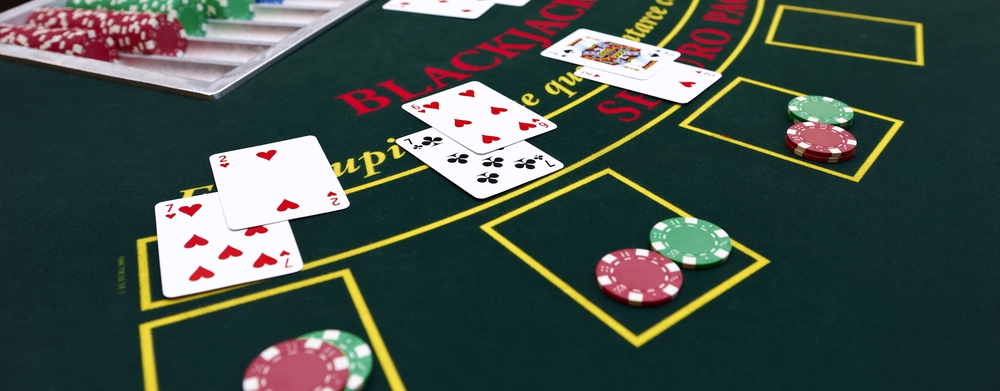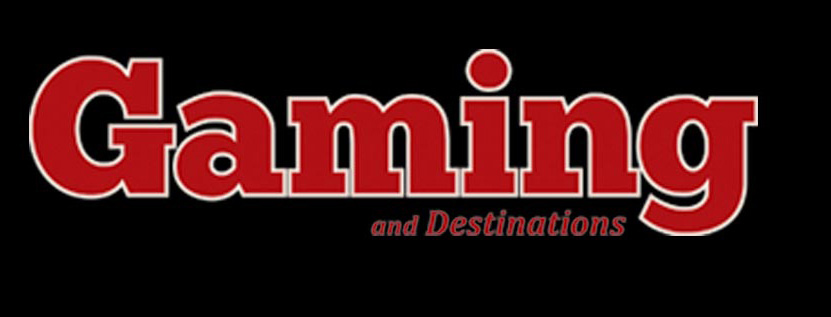
Blackjack can be tricky. Some hands are obvious, but some correct plays can make you wonder how the math adds up.
Here are a few examples of those hands, and how you should play them.
How would you play the following four blackjack hands? The dealer’s upcard is a 6.
- 10 – 8
- 9 – 9
- A – 7
- 2 – 5 – A
Even though all four hands have a count of 18, they are not necessarily played the same way against the dealer’s 6 upcard. Often the playing strategy depends upon the makeup of the cards in your hand.
For example, look at the first hand (our baseline hand). You are dealt a two-card hard 18, and the playing strategy is straightforward; you stand when the dealer shows a 6 upcard. I would venture a guess and say that virtually 100% of players would play this hand correctly.
The second hand is also a hard 18 but it consists of a pair of 9s. I’ve seen many players stand on this hand, figuring a count of 18 is good enough. Standing might be OK for 10-8 against a 6 but when you have a pair of 9s, the correct play is to split. The reason you split is that you will win more money starting with two hands of nine against a dealer’s 6 upcard than you will starting with one hand of 18.
The third hand is also an 18 but it contains an ace counted as 11; therefore, the hand is a soft 18. I can’t tell you how many times I’ve seen players stand on this hand against a dealer’s 6 (presumably, because they think an 18 is a good hand against a weak dealer’s 6). Yes, when you stand you’ll win money in the long run; however, you will win even more money if you double down (about 12 percent more in six-deck game with dealer standing on soft 17).
Actually, we aren’t trying to better the count of our hand when we double a soft 18. In fact, many times we’ll wind up with a count less than 18 after the draw of one card. However, the point of doubling a soft 18 is this: we have a chance to double our bet when the dealer has a 42 percent chance of busting with a 6 upcard. Furthermore, we can’t bust when we draw one card because if the count of the hand exceeds 21, we then count the ace as one. Therefore, we have no risk of busting with a one-card draw and a good chance the dealer will bust, which makes doubling soft 18 against a dealer 6 a more profitable play than standing.
The fourth hand is also a soft 18 but it is a multi-card soft 18. Since the playing rules don’t allow you to double down on a hand containing three (or more) cards, the correct playing strategy is to stand against a dealer’s 6. (As a general rule, you should always hit multi-card soft hands that total 17 or less regardless of what the dealer’s upcard is. With soft 18, you stand if the dealer’s upcard is 8 or less and hit if it’s 9, 10, or ace.)
Now let’s look at the following three hands. How would you play each of them assuming the the dealer is showing a 4 upcard.
- 8 – 4
- 10 – 2
- 6 – 6
All three hands have a starting total of 12. However, each hand is played differently against a dealer’s 4 upcard.
Hand #1 is a hard 12, consisting of 8-4. Against a dealer’s 4 upcard, the correct play is to stand.
Hand #2 is also a hard 12 but the hand contains a ten-value card. By having one ten-value card in your hand, you slightly lower your chances of busting with a hit just enough to make hitting 10-2 a better play than standing when the dealer’s upcard is a 4. (Note: This effect decreases as the number of decks increases; therefore, for six or fewer decks, you should hit a 10-2 against a dealer’s 4 upcard but in an eight-deck game, you should stand.)
The third hand consists of a pair of 6s. You should never stand (or hit) against a dealer’s 4. Your best play is to split the 6s because you’ll either lose less money or win more (depending on the rules) in the long run starting with two hands of six against a dealer’s 4 upcard, rather than playing one hand, starting with a 12.
The above are just some examples of where not only the count of the hand is important, but also the makeup of the cards that determines the best playing strategy. Until next month, play smart.
Author Bio: Henry Tamburin, Ph.D. is the author of the Ultimate Blackjack Strategy Guide (http://www.888casino.com/blog/blackjack-strategy-guide/), editor of the Blackjack Insider e-Newsletter (www.bjinsider.com), lead instructor for the Golden Touch Blackjack course, and host of smartgaming.com. For a free three-month subscription to his blackjack newsletter, go to www.bjinsider.com/freetrial. To receive his free Casino Gambling Catalog, call 1-888-353-3234 or visit www.smartgaming.com.





